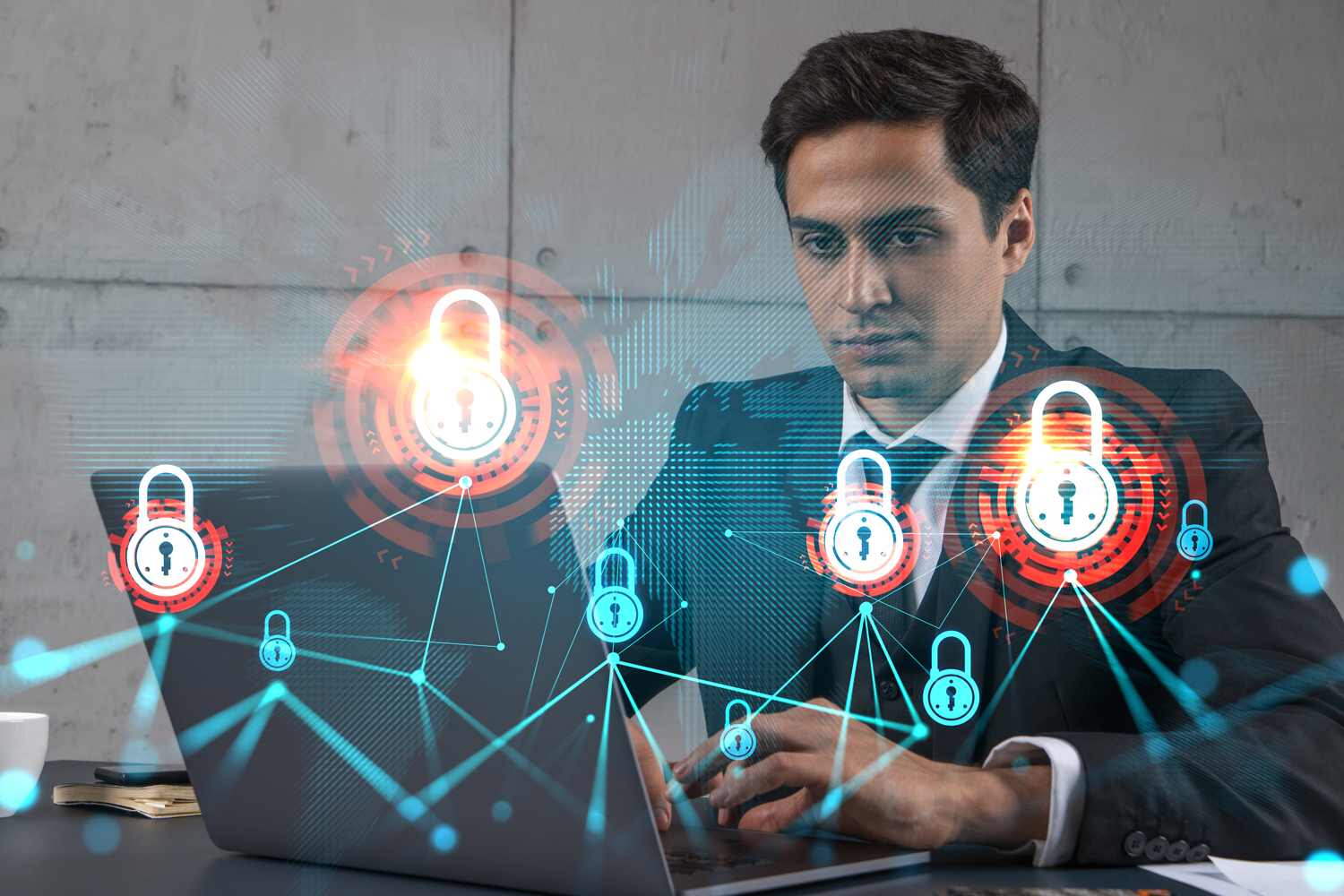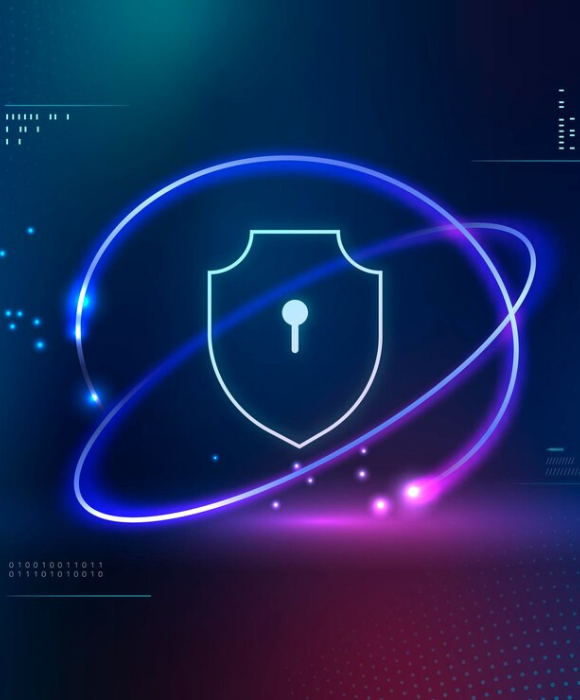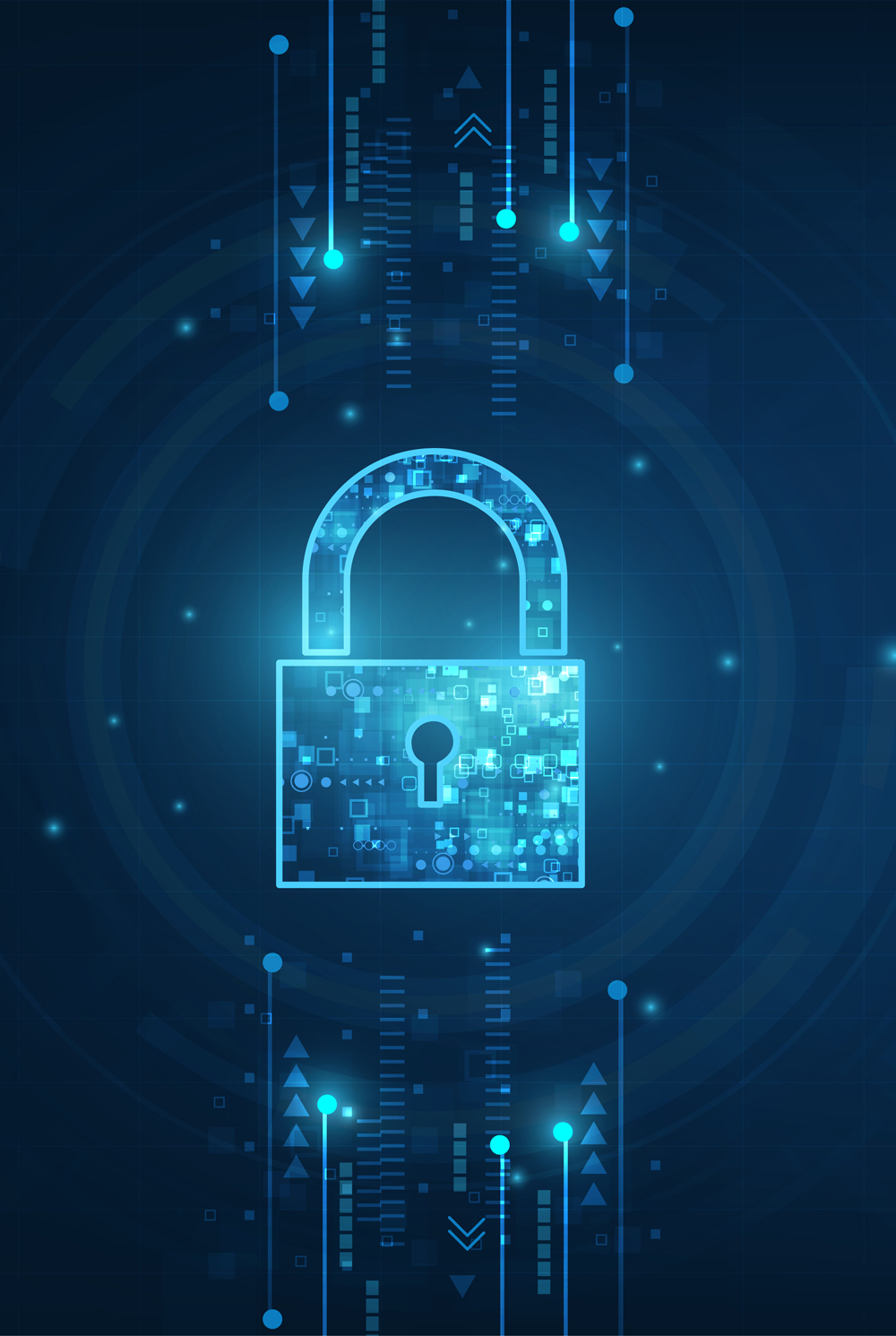As a leading IT security services company, we offer comprehensive cybersecurity solutions designed to protect your most valuable digital assets. Our strategic approach goes beyond simple defenses; we work as your dedicated cyber security services provider to safeguard your organization's information resources from a wide range of threats.
We know that data is at the heart of your business, and it’s vulnerable to both internal and external attacks, from fraud and theft to industrial espionage.
.png )


